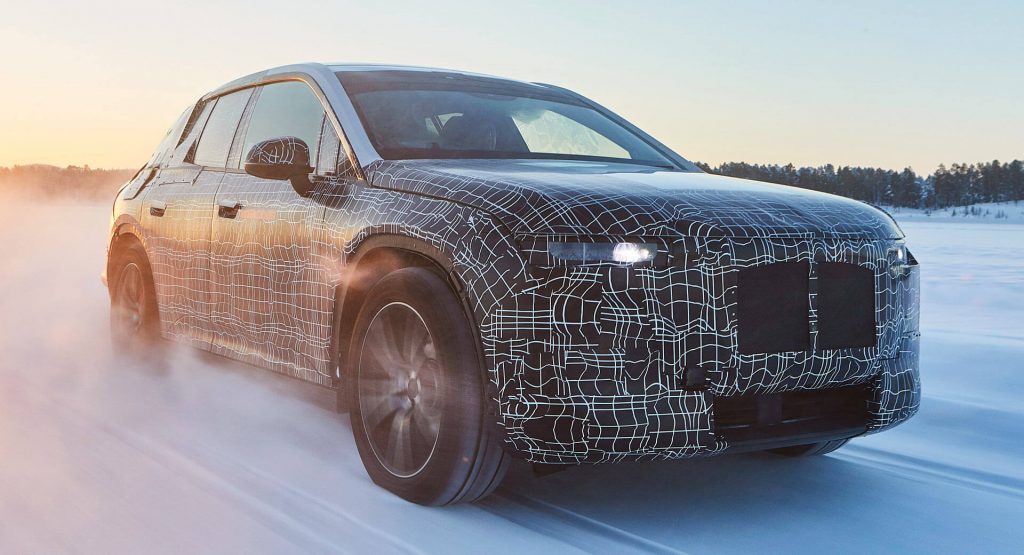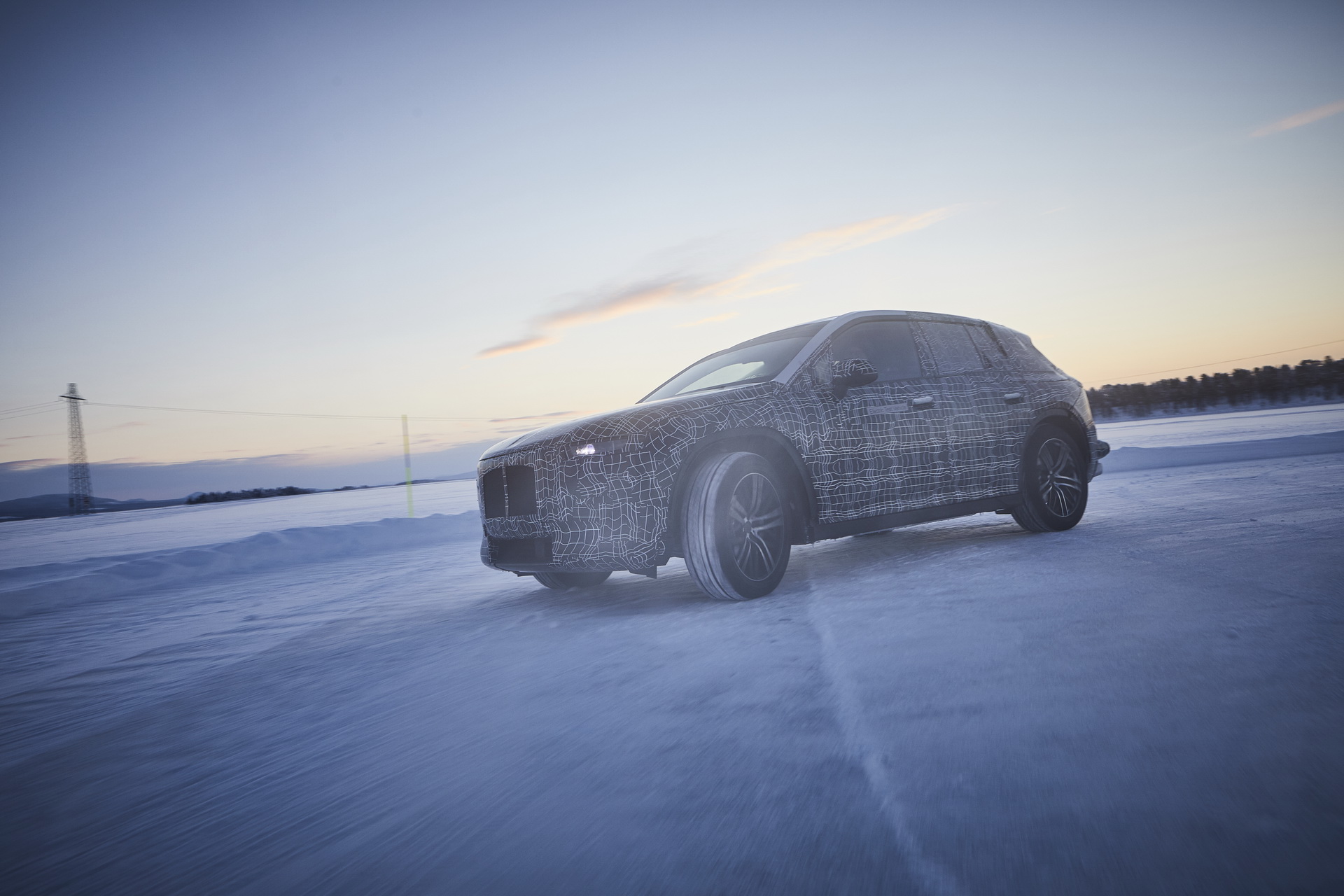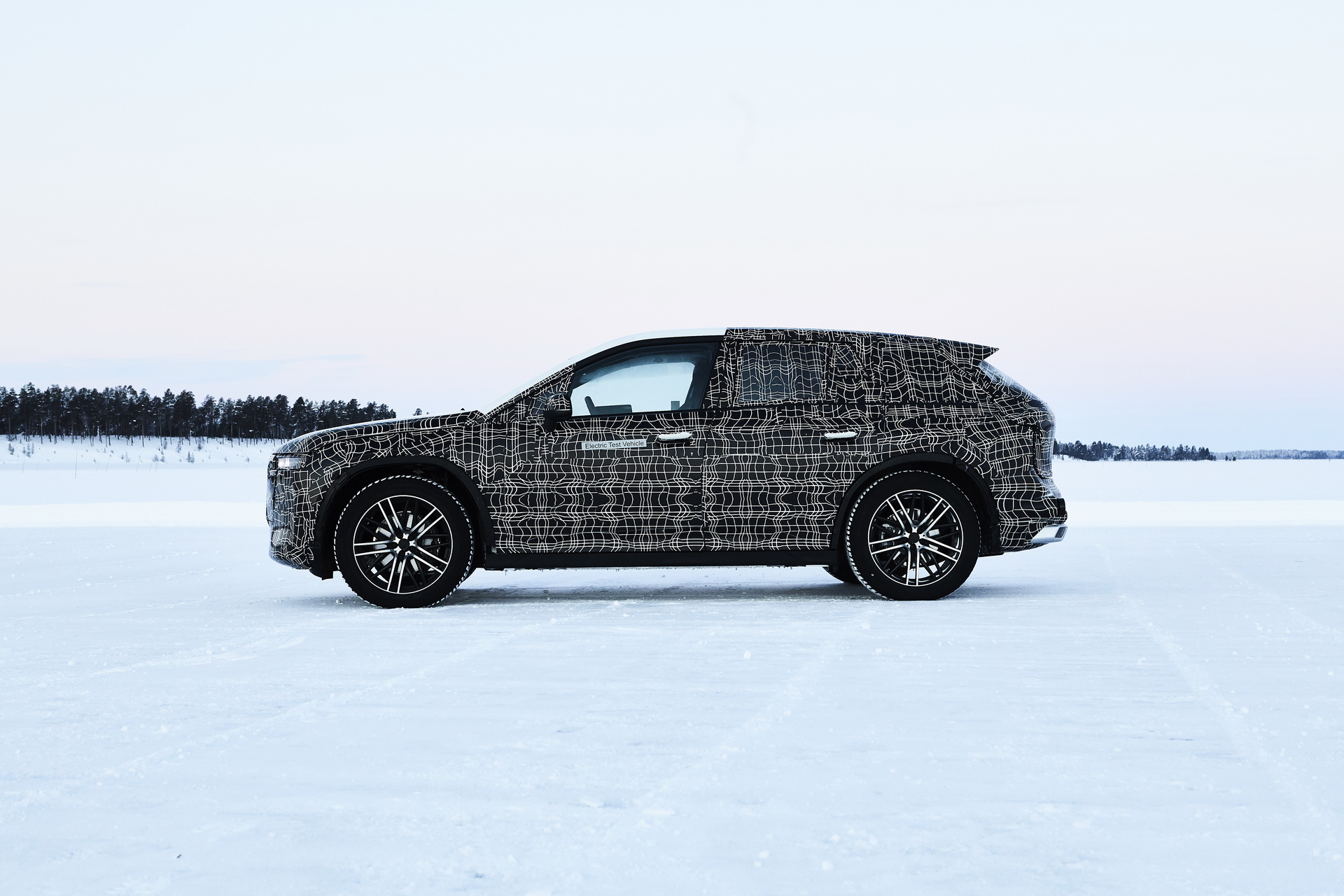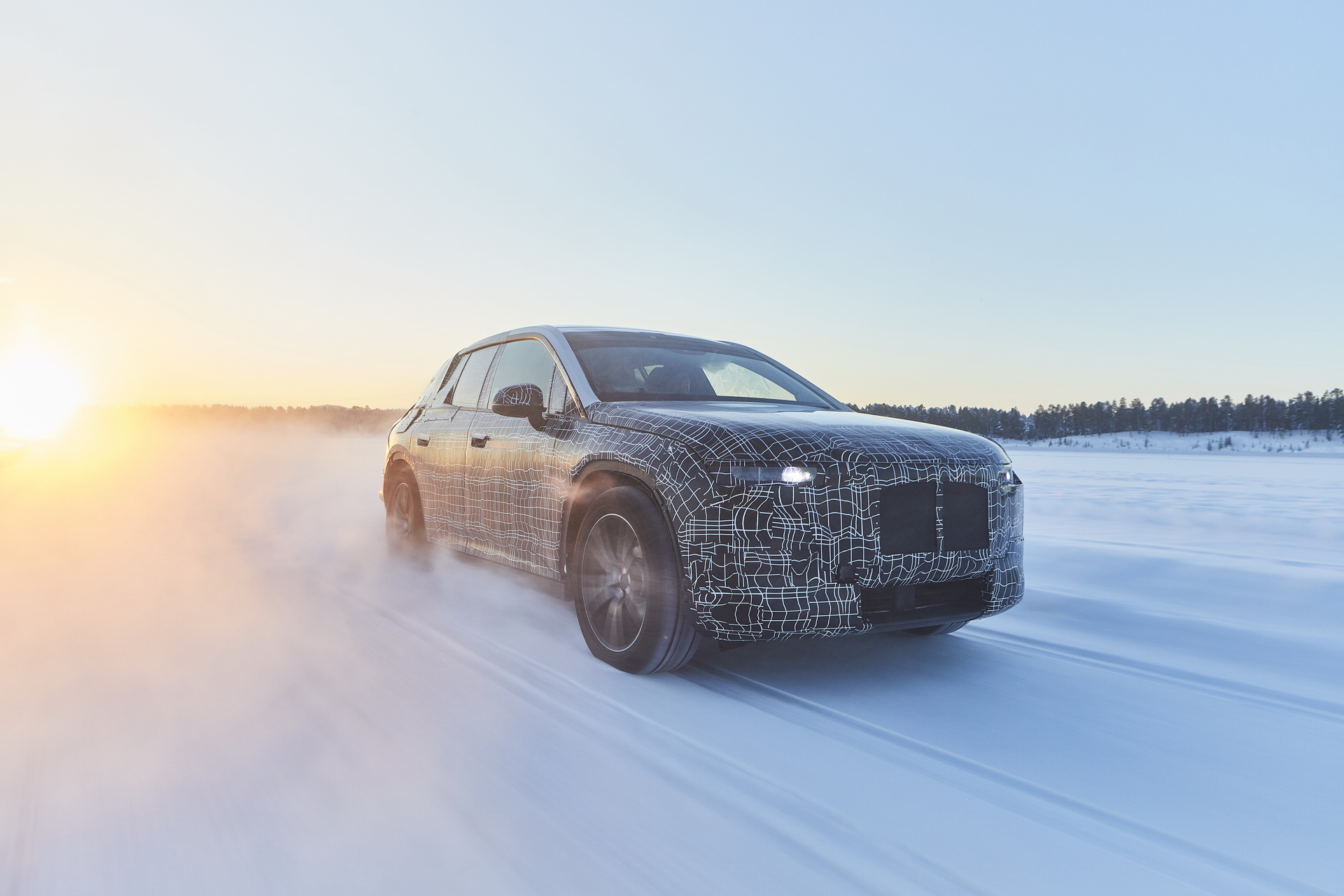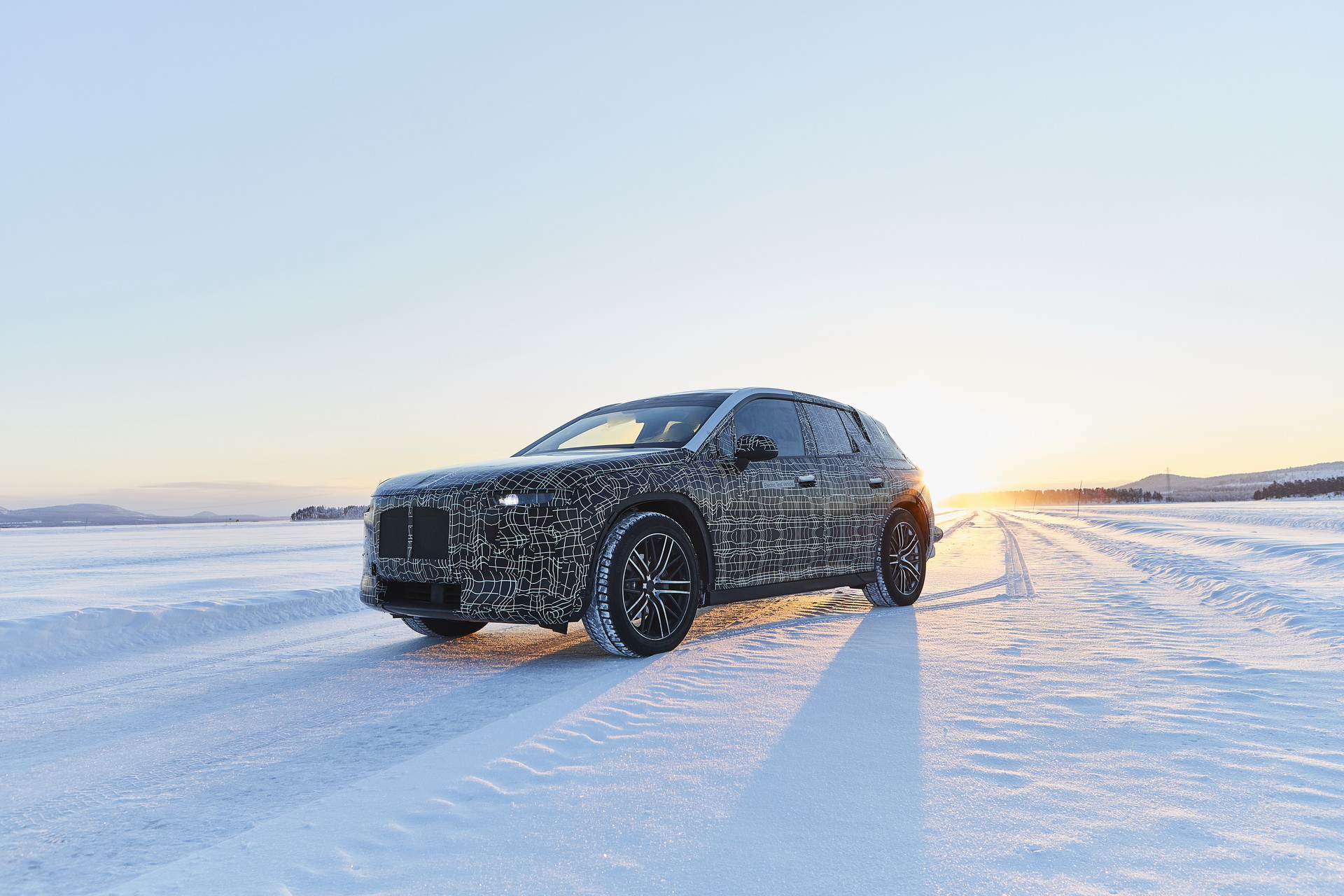On a snowy trail in Arjeplog, Sweden, BMW is out testing its all-electric iNEXT crossover in order to optimize everything, from the all-wheel drive system to the chassis and suspension components.
The production version of the iNEXT will be built at BMW’s Dingolfing plant starting in 2021, and will be the automaker’s technology flagship, integrating key systems such as automated driving, connectivity and electrification.
These components must first deal with extreme real-world conditions, such as snow-covered roads and ice-covered lakes, where low temperatures and minimal road friction are to be expected on a daily basis.
The biggest challenge, as far as the electrical motor, high-voltage battery and cooling system are concerned, is posed by the cold itself, as their performance is significantly affected. Test engineers are also looking into how these sub-zero temperatures affect the energy storage system and the way it recharges, how electricity is transferred into the electric motor, how the electrical system is supplied with energy and how the heating and air conditioning systems respond.
Also under strain are the power transmission and suspension regulation systems, both of which are tested “far beyond” what is standard in everyday traffic conditions. Then there are the steering and braking systems, which have to be adapted for every single driving situation that can be encountered.
When it’s all said and done, BMW will have tested the iNEXT in sub-zero temperatures on gravel tracks, dry asphalt and of course, very slippery ice-covered surfaces.







